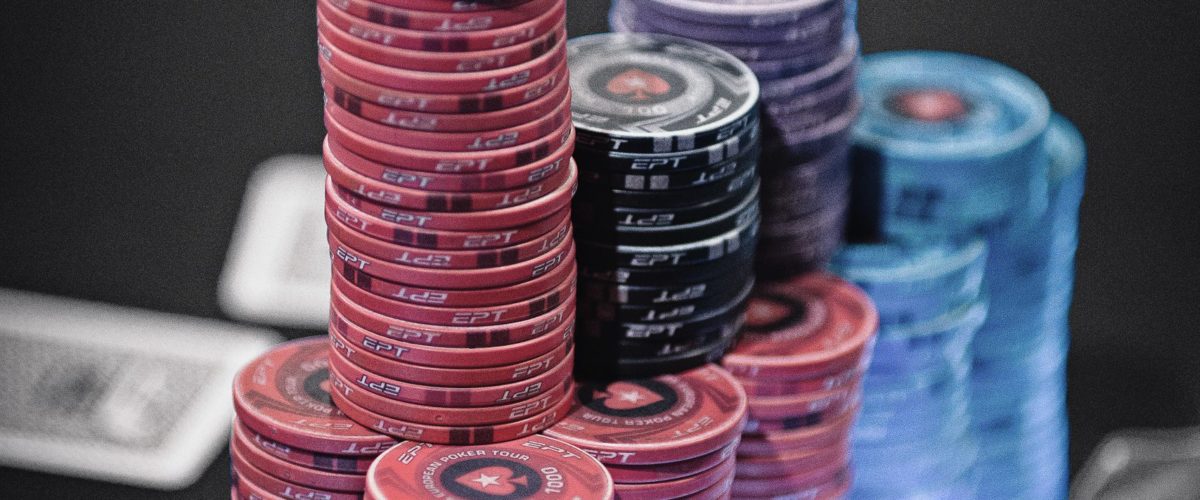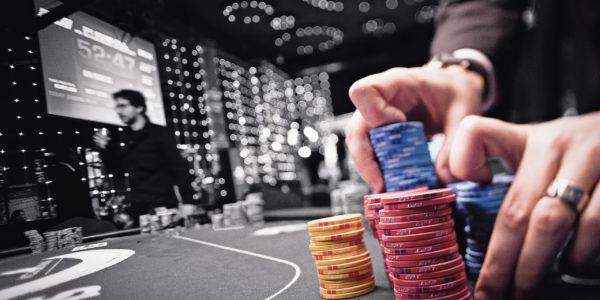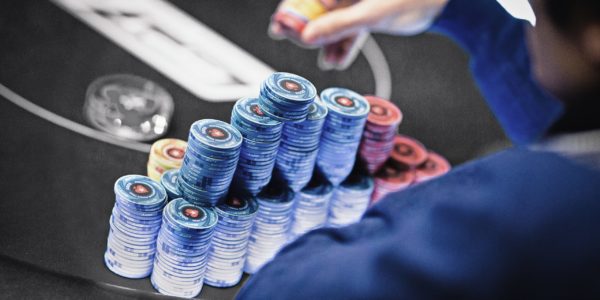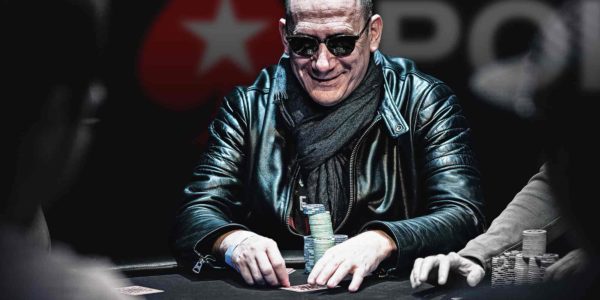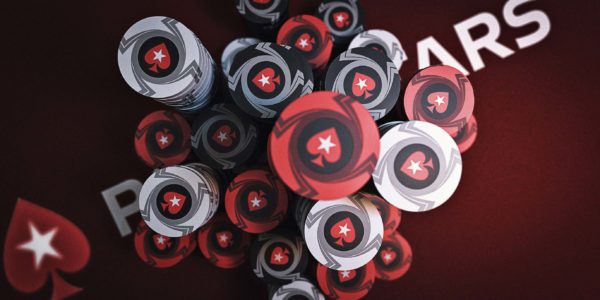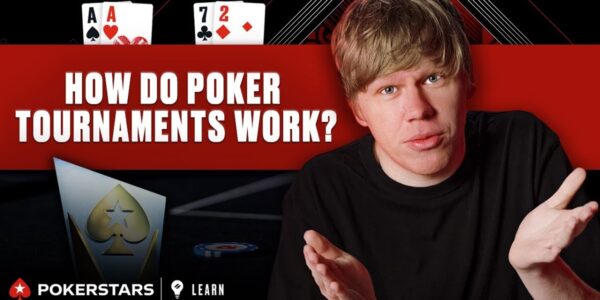8-Game Hand Review – 2-7 Triple Draw Instalment
In 2-7 triple draw, the idea is to make the lowest possible hand without making a pair, straight, or flush. The nuts is 75432 in this limit game, but in heads-ups play, which will be our focus today, a made 8-high is a monster hand and even a made 9-high will normally be enough to take down the pot. Despite the fact that players get three rounds of swapping as many cards as they please, it is very tricky to amass five low cards without making pairs or straights.
Starting Hand Requirements
The usual standard for a heads-up raise is two low cards in your starting hand. Here, ‘low card’ designates anything eight or under. There are premium low cards like twos, threes, fours, and to some extent sevens, and then there are less powerful ones like fives and sixes which are more prone to making straights as well as making weaker made-eights. Starting with both a seven and a deuce is particularly nice you will never stumble into an unwanted straight. An eight counts as a weaker tier of low card still.
2-7 triple draw is the first game in the 8-game rotation on PokerStars. My opponent opens the button early on in this $2/$4 8-game. My reads are limited at this point.


This starting hand is a better than average two-low-card hand. Although the 25 is not as nice as starting with 24, 23, or 27, it is pleasant that my hand contains a second five. Since I hold two fives, my opponent is likely to need a five to improve his hand. When I toss away that spare five, I am removing a card from the deck that he usually wants, making it less likely that he’ll make a big hand. This hand is certainly good enough to call to the raise, but I would need a three-card hand to want to 3-bet here. I make the call.


Naturally, I draw three cards and my opponent draws two. Here’s what I catch:


Improving one of my three discards is a fairly average result. I will still be behind most of the time and my only play now is to check and call another bet if it comes. Position is incredibly powerful in 2-7 triple draw because acting last grants information both about your opponent’s action and how many cards he’s drawing. There is perhaps no other game in which position matters so much. For this reason Villain should bet very often here.
Fortunately for me, Villain checks behind this time, a sure sign that he still needs two cards to make his hand. I have caught up. There are two draws remaining and two more rounds of betting to go after this one. On these last two rounds the bets will double.
I draw two cards this time and draw into this hand:


At first sight, it looks like a disaster when I pick up two-pair, but these hands can play an important function in a 2-7 triple draw strategy. They are bluffing candidates! How does this work?
I have now seen three fives, two fours and a deuce. A lot of the low cards are already out of the deck. It will be tough for my opponent to pick up a big hand now, especially since he still needed to hit two low cards with only two swaps to go. There are two options here: check and fold to a bet, praying Villain checks again so I can get the chance of drawing a third time or start bluffing. Check/calling is not going to be sensible getting only 3:1 from the pot if Villain bets with the handicap of acting first on the final betting round.
If I’m not bluffing this hand and taking zero cards in this spot, then what exactly am I making this play with? If I want to be remotely balanced, I will need to freeze my hand and start betting. Not only is this play likely to be higher EV than check/folding, it is also strategically essential in the long-game.
I lead out. We tend not to use the work ‘donk bet’ in 2-7 triple draw because it is so commonplace to lead when you improve to prevent Villain taking a free draw. Leading out or raising with a trash hand and drawing zero cards is known as snowing in 2-7 triple draw. I begin my snow, then this happens:


Oh dear. This snow has certainly not gone to plan. It can be normal for Villain to raise here with a bad made hand like a Jack or Ten, expecting me still to be drawing. He would be a favourite with these holdings vs. a four card hand. It is also possible that Villain is using his position to inflate the pot with a good four card draw.
Another fork in the road for our hero. There are three choices:
- Fold and accept that I have chosen a bad time to try this play.
- Call and draw two cards hoping that the pot odds will make the longshot draw barely feasible.
- 3-Bet and stick with my story that I have drawn two cards into a monster.
I, being me, opt for the third item on the menu. If I’m not going crazy with these blockers then I’m never going crazy, and that doesn’t sound like much fun.


Now what Villain?


He calls and stands pat in the final draw (meaning that he takes no cards). I would much have preferred that he drew one.
Gulp. Is this bluff on the final street ever going to work now that Villain has taken no cards? It is not a question of ‘if’, but ‘how often’. Let’s start by asking how often my bet needs to work.


I am risking $4 to win a pot of $31.50. If this bet succeeds 4 / 35.50 = 11% of the time then I will get my money back. Anymore then the bluff is a better idea than giving up. There are two things in my favour here.
- Villain did not cap the betting on the previous street so is unlikely to have a fantastic hand.
- Not many players are insane enough to make a bluff like this especially at these stakes.
Do these things add up to making Villain fold more than 11% of the time. I think so.
And the grand finale:


He folds! I suppose insanity pays off sometimes.
Today’s Lessons
- In heads-up 2-7 triple draw we can call a raise with two low cards or better.
- It is normally preferable to start with a 2, 3, or 7 than a 4, 5, or 6.
- Position is of the upmost importance but leading out of position is far more common than in NLHE or PLO.
- Sometimes you have to snow – meaning take no cards with a trash hand and start betting. It is better to snow with blockers to hands Villain is trying to make so low two pairs and low trips make excellent candidates.
- Sometimes a bluff will be profitable not because it works often but because it doesn’t need to.


